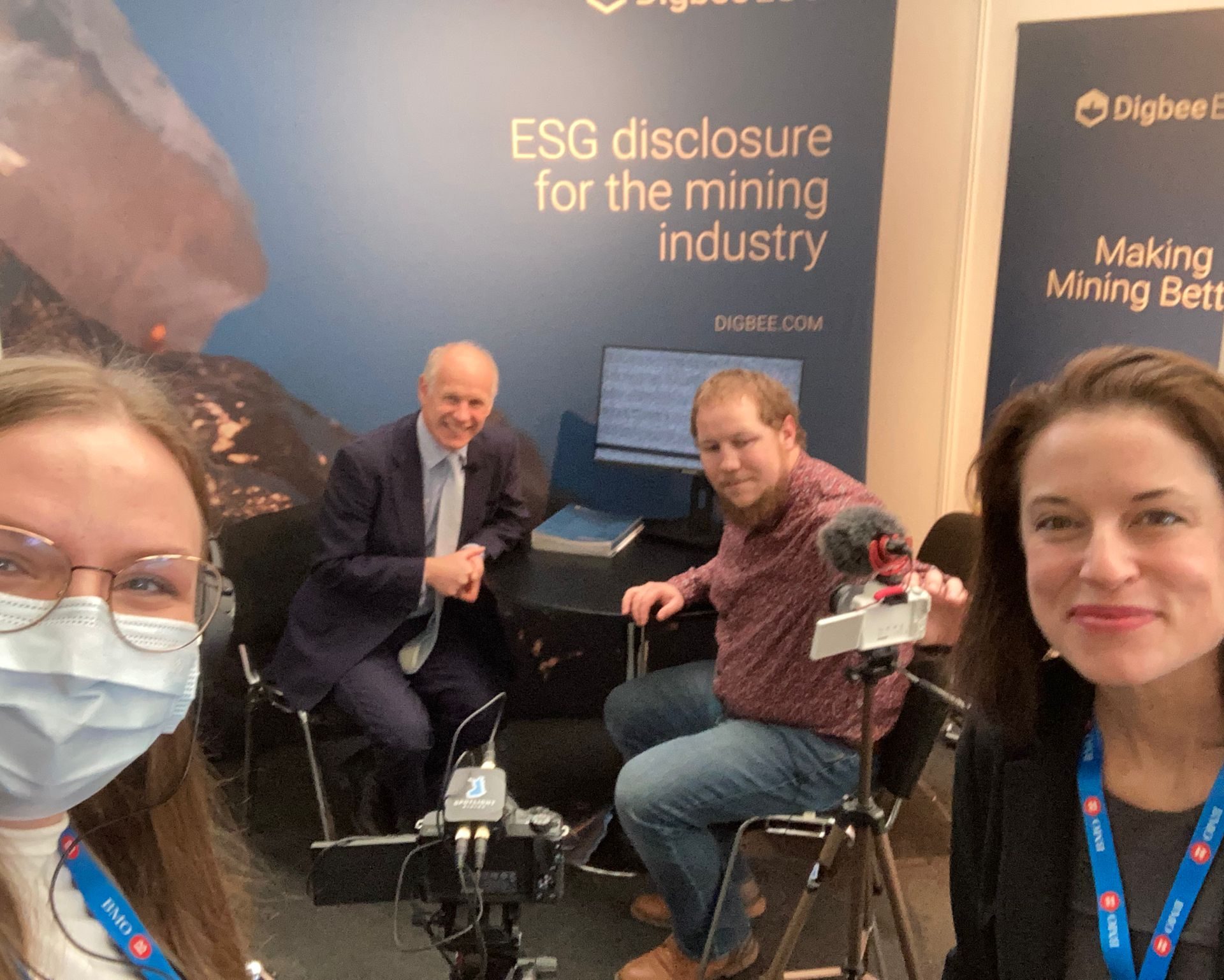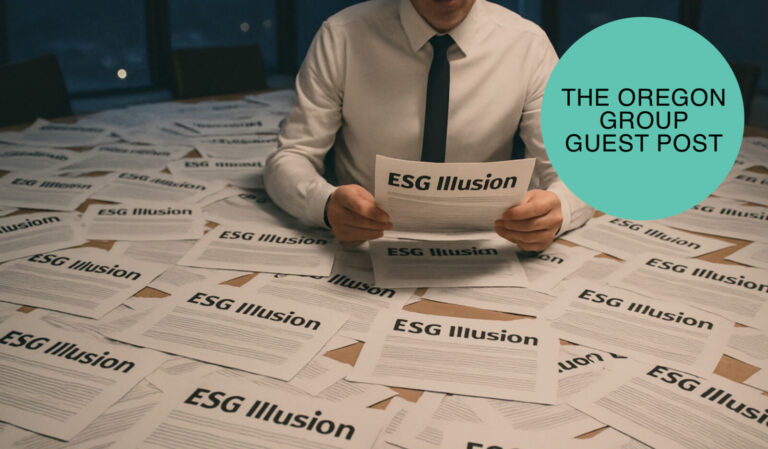Liam Hardy, Founding Director from Spotlight Mining, has followed Digbee’s growth over the past two years and caught up with Jamie Strauss at the recent Mines & Money in London.
The full interview can be watched above but we have summarised the main questions and responses below.
- How credible are ESG statements?
- What will stop ESG-tokenism?
- How can ESG help junior miners communicate more effectively with protestors?
- Why is it important for exploration companies to focus on ESG early in the process?
- How do you justify ESG project spend to investors
How credible are voluntary ESG statements?
LH: Everybody now has a page on their website that says ESG and some kind of official spiel. How credible are these and how can we make people accountable for these statements?
JS: That’s a great question and part of the answer starts with incorporating ESG at the heart of company strategy. If you link ESG success to management remuneration this holds individuals accountable to internal stakeholders and accelerates progress within a company. Credibility goes beyond internal accountability, though, and is the process you put in place to address greenwash and misleading external communications.
Ensuring that your ESG statements are independently assessed and based on appropriate frameworks for the mining industry makes them credible.
What will stop ESG-tokenism?
LH: I think ESG is a token term that everyone throws around. How do we communicate the meaning of that to people?
JS: The focus on COP 26 and net zero commitments has turned everyone’s minds to the ‘E’ in ESG this year. This doesn’t help the majority of mining companies with relatively low emissions to communicate the social impact of their work or focus on the 30 other topics essential to responsible mining. How do you communicate this progress to your stakeholders? How do you avoid ESG becoming a bureaucratic tick box exercise?
We want to make sure that companies embark on ESG efforts for the right reasons, which would both make mining better and tackle tokenism.
How can ESG help junior miners communicate more effectively with protestors?
JS: In a word: transparency. The term is probably overused but we must have transparency of credible data to educate people on the necessity of responsible mining.
We all use mobile phones and computers. Some of us have houses powered by electricity and electric cars. All of this requires the products which are being discovered by these junior miners, developed in partnership with others and ultimately produced by larger companies. If we don’t have a credible means to communicate what a responsible mining project looks like, we will lose the hearts and minds battle. I’m seeing a complete willingness from miners across the sector to disclose their ESG data in a transparent way on an ongoing annual basis. And that’s exciting because we will win that battle.
Why is it important for exploration companies to focus on ESG early in the process?
JS: Exploration companies must start their planning early and embed ESG into this process because it’s very difficult to change what goes on at a later stage. If you make the right decisions or at least discuss the main issues early on, you can start to make those projects sustainable in the longer run.
Why is that important for somebody who’s just out there to make a 10 bagger on finding a discovery? It’s important because if they’re going to sell it, the buyer of that asset is going to want to make sure that ESG has been addressed in the beginning and the local community is going to increasingly want to know that that’s happening.
How do you justify ESG project spend to investors?
JS: The idea that ESG is expensive is a little misleading. There is certainly an up-front cost, yet there is significant cost reduction to be gained from creating better working practices and finding efficiencies through the process. Your asset value is likely to go up because you can sell it to investors as a green project. Investing in ESG at the start of a project effectively means that you can walk into any investor’s office and be taken seriously.
Learn more about the Digbee team
Pick a date to demo Digbee ESG

